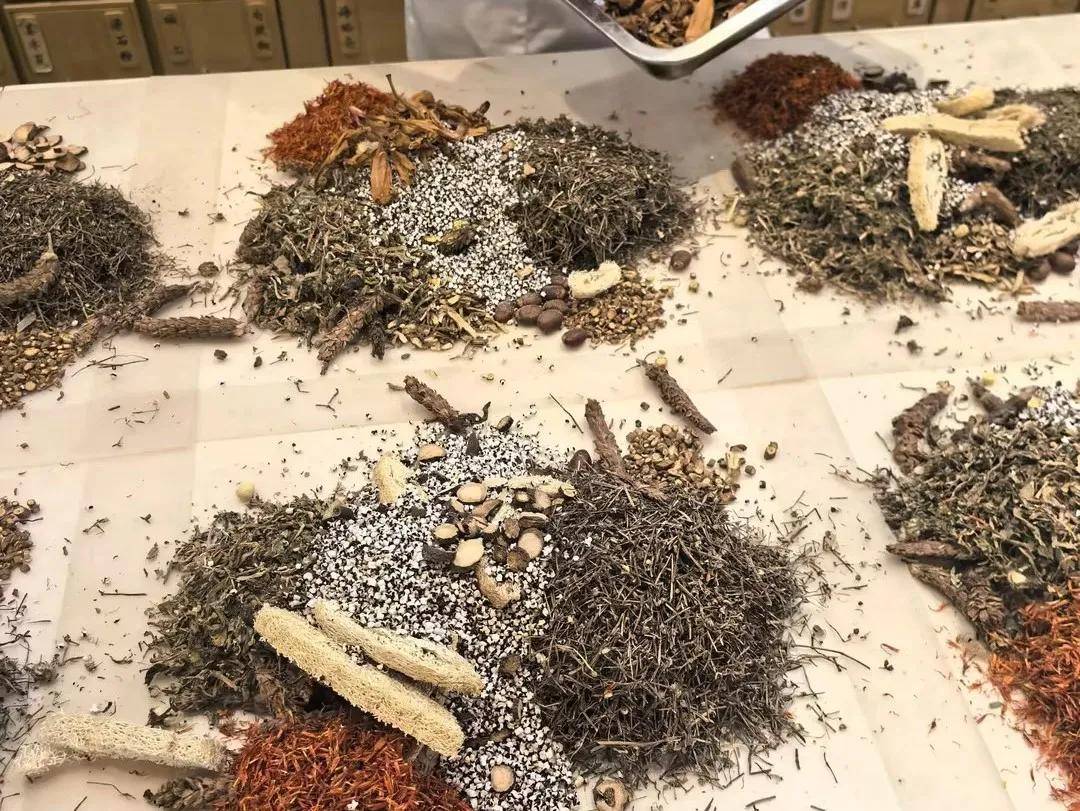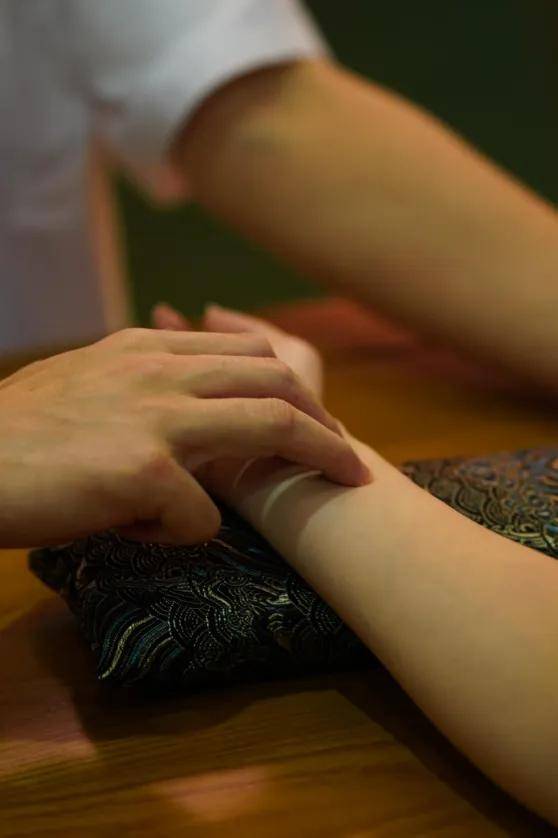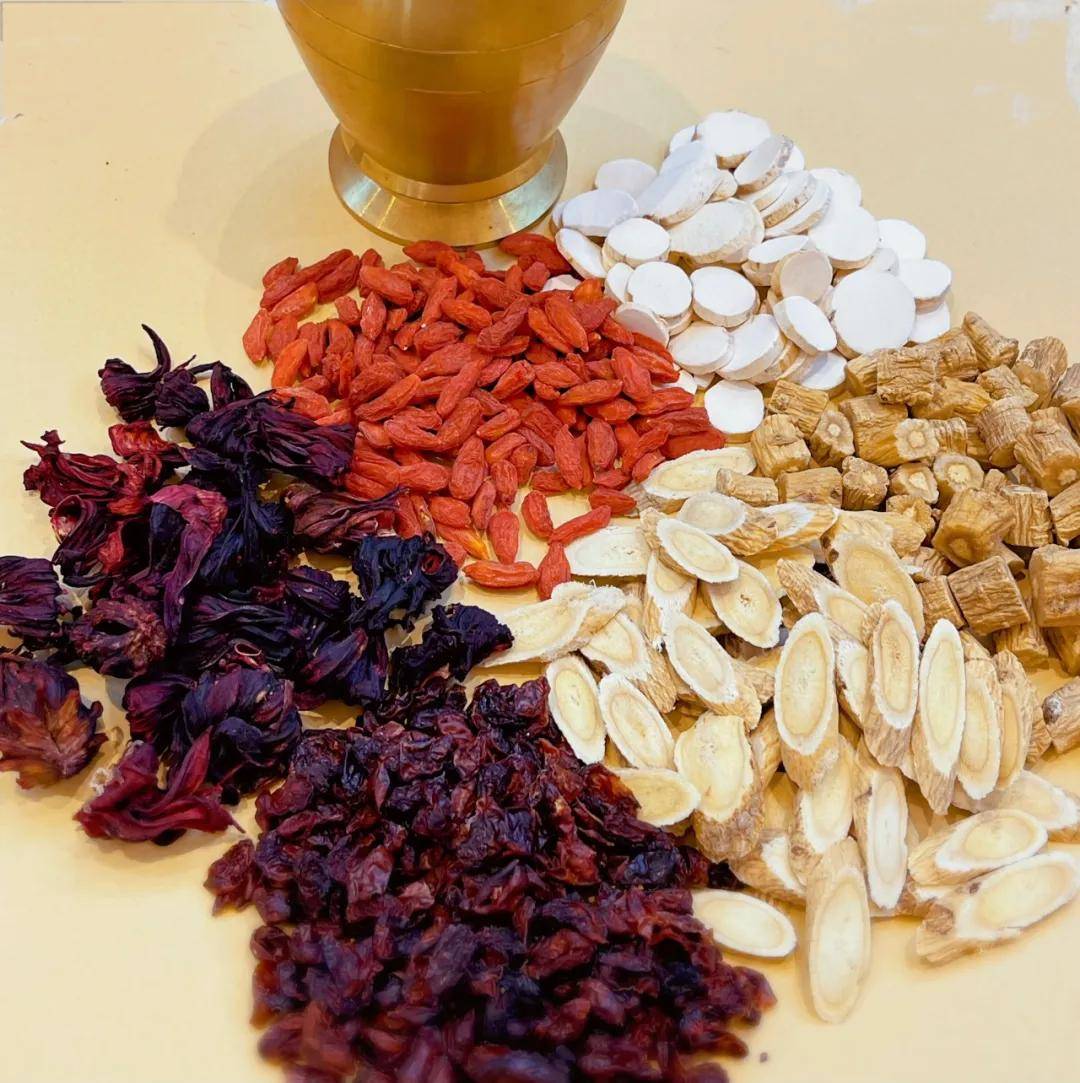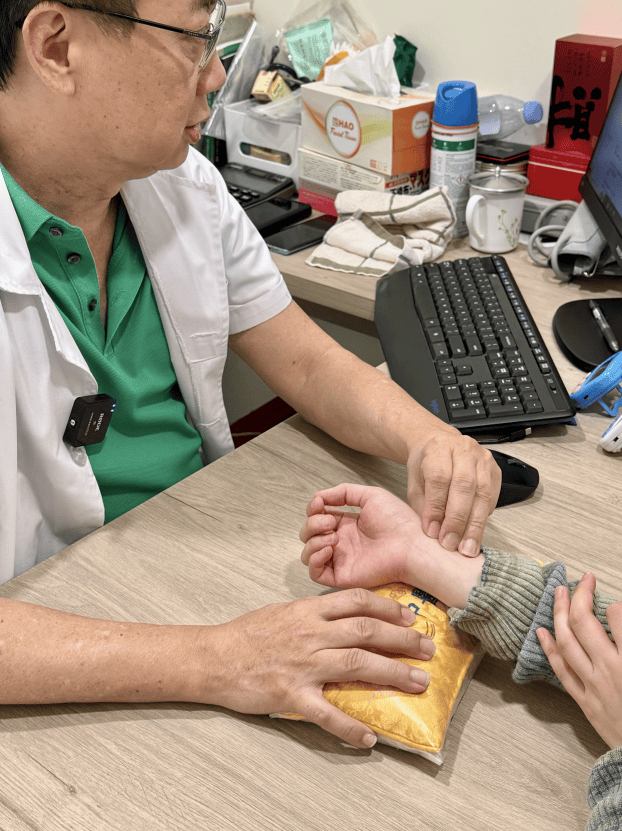A friend left a message saying, "I didn't feel my symptoms were that serious, so how did the fibroids and cysts suddenly become so big upon examination?"

From a TCM perspective, many cysts and nodules are caused by blood stasis obstructing yang energy, leading to poor fluid metabolism and the formation of phlegm-stasis accumulation.
Cold causes stagnation, and stagnation leads to stasis. Winter winds, summer cold drinks, air conditioning—all these sources of cold invade the body, damage yang energy, slow down blood and qi circulation, and allow deposits to accumulate, eventually forming blood stasis.
Dr. Que Poh Yuen Albert, a TCM specialist at Gong Fang Tang TCM in Singapore, explains that the growth of internal masses like fibroids and cysts ultimately stems from constitutional issues. You may feel your body is fine, but whether it truly is depends on subtle signals that may not be obvious at first.
For example, some women may experience sudden changes in menstrual flow (heavier or lighter), dysmenorrhea, early or delayed periods, or lower abdominal pain—these small changes can be early indicators.
Today, we introduce a highly effective formula for those with stagnation issues. It requires only two herbs, helping to strengthen the spleen, resolve stagnation, eliminate dampness, and replenish qi.

Chicken Gizzard Membrane Plus One Ingredient to Help Resolve Stagnation Throughout the Body
Chicken gizzard membrane refers to the gallbladder of a chicken and is a commonly used blood-activating and stasis-resolving herb. It breaks blood stasis, reduces swelling, disperses masses, and relieves pain, making it suitable for treating various blood stasis-related conditions such as dysmenorrhea, amenorrhea, abdominal masses, and tumors caused by stasis.
It also clears heat and detoxifies, making it useful for heat-toxin-related conditions like boils, abscesses, and deep-rooted infections. The typical preparation method involves cutting open the chicken gallbladder, extracting the bile, drying it, and grinding it into a fine powder.
Atractylodes macrocephala (Bai Zhu) refers to the rhizome of white atractylodes and is a commonly used spleen-strengthening and dampness-resolving herb. It tonifies the middle burner, boosts qi, strengthens the spleen, and eliminates dampness, making it suitable for spleen deficiency with dampness accumulation, such as poor appetite, diarrhea, and edema due to spleen deficiency.
It also dries dampness and resolves phlegm, making it effective for damp-phlegm conditions like cough, dizziness, and goiter caused by phlegm stagnation.
When used together, chicken gizzard membrane and atractylodes macrocephala complement each other—the latter primarily tonifies, while the former excels in digestion. Long-term use of atractylodes macrocephala alone may lead to stagnation, but combining it with chicken gizzard membrane prevents this issue.
These two herbs work synergistically—one tonifies, the other aids digestion—achieving simultaneous nourishment and resolution of stagnation, making them an excellent combination.

Usage
Take 50 grams each of roasted chicken gizzard membrane and roasted atractylodes macrocephala, grind them into powder. Take 10–30 grams (adjust according to individual condition) twice daily, swallowed with warm water before meals.
The combination of chicken gizzard membrane and atractylodes macrocephala works synergistically—activating blood circulation to resolve stasis while strengthening the spleen and eliminating dampness. This effectively addresses systemic stagnation, preventing the persistence of fibroids, cysts, and nodules.
Case Study
Ms. Li, 42, was recently diagnosed with thyroid nodules and breast nodules during a checkup.
She frequently experienced breast distension and pain, particularly worsening before menstruation. Upon palpation, multiple firm nodules could be felt. She also sensed a foreign body sensation in the thyroid area, with noticeable nodules when swallowing.
For her condition, the following formula was prescribed:
Chicken gizzard membrane, atractylodes macrocephala, prunella spike, Zhejiang fritillaria bulb, bupleurum root, Chinese angelica root, white peony root, poria, tangerine peel, and licorice.
Ms. Li strictly adhered to the treatment while adjusting her diet and lifestyle.
After three months, a follow-up examination showed significant shrinkage of the thyroid and breast nodules, along with a notable reduction in breast distension and pain.

Expert Introduction
